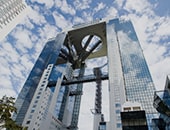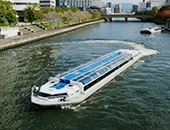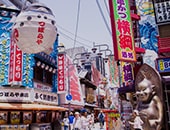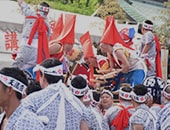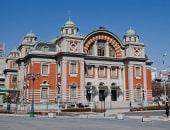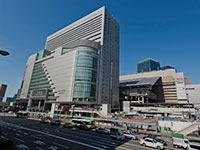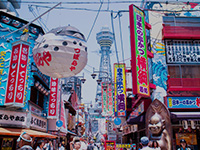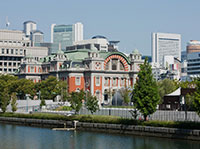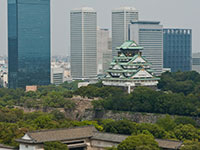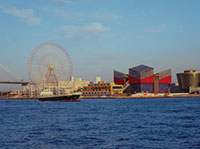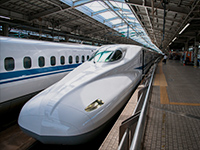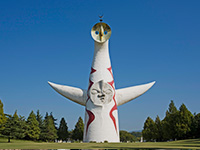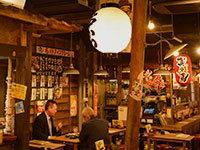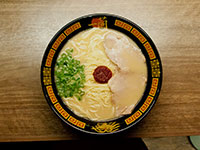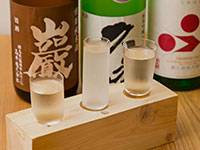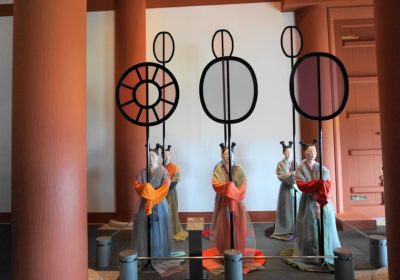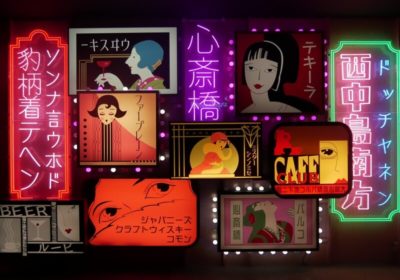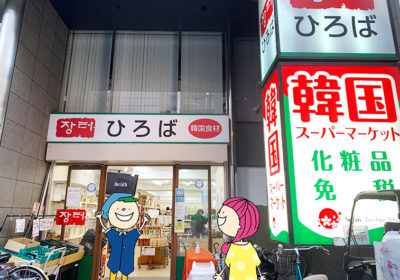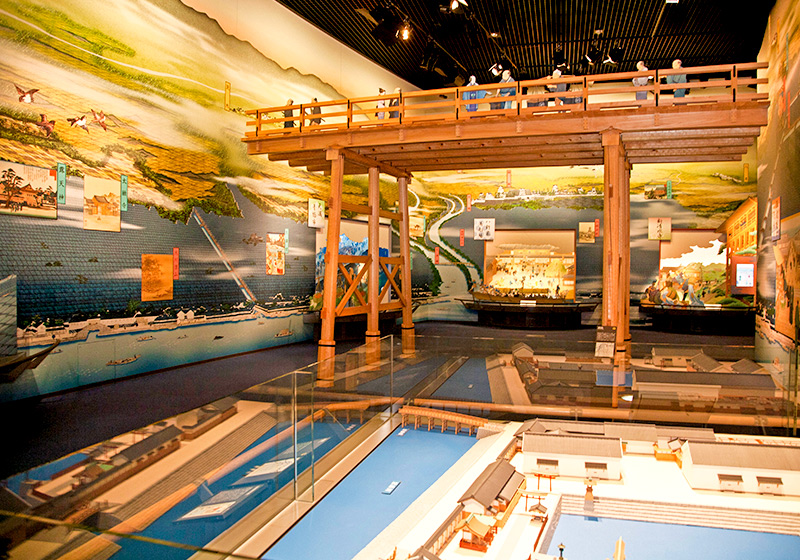

Supporter
My first visit, but definitely not my last
Visit to the Osaka Museum of History
Having had absolutely zero interest in the subject when I was young, I now delight in reading history texts as an adult. How very strange!
The only things about Osaka’s history that I remember from school are answers to the most basic questions on history tests. And at this point, I’ve been living and working in Osaka for over 20 years. The more I see and do here, the more I learn, and the more I absolutely love Osaka history.
[Contents]
- 4 floors of history, from past to present
- Ancient history on the 10th floor: Welcome to the Naniwa Imperial Palace
- Middle Ages & Early Modern Period on the 9th floor: Naniwa townscape
- Modern and Contemporary history on the 7th & 8th floors: Retro city!!!
- Excavating the past on the 8th floor: Archeological Challenge zone
- Learn some history and deepen your love for Osaka
■ 4 floors of history, from past to present
The Osaka Museum of History is housed in a 13-story building, which includes ten floors aboveground and three below. The permanent exhibit space spans four whole floors 7–10, each of which is devoted to a specific time period. Start your journey at the top and work your way through history from Ancient History on the 10th floor and Medieval exhibits on the 9th to the Modern and Contemporary Period exhibits on floors 8–7.
The museum is designed with wheelchairs in mind and it’s equipped with wheelchair-accessible bathrooms as well as baby-chairs in the restrooms on each floor.
There are also lockers on the 1st floor that, although they are not very big, return your coins making them essentially free so you can enjoy the museum exhibits while your bags are safely stored.
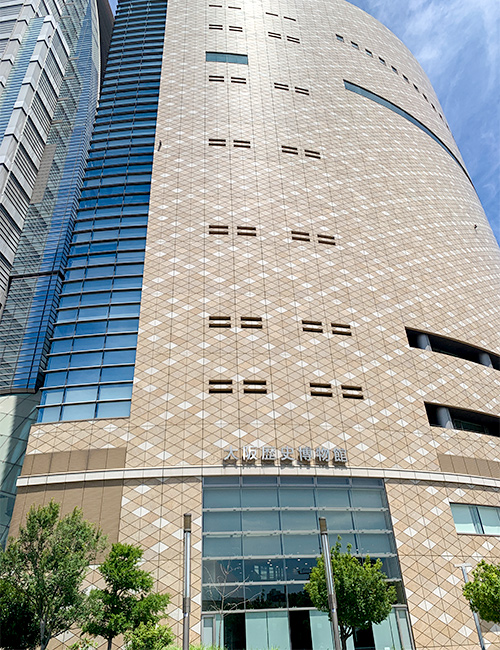
The exterior is modern and elegant looking. Can’t wait to get inside!
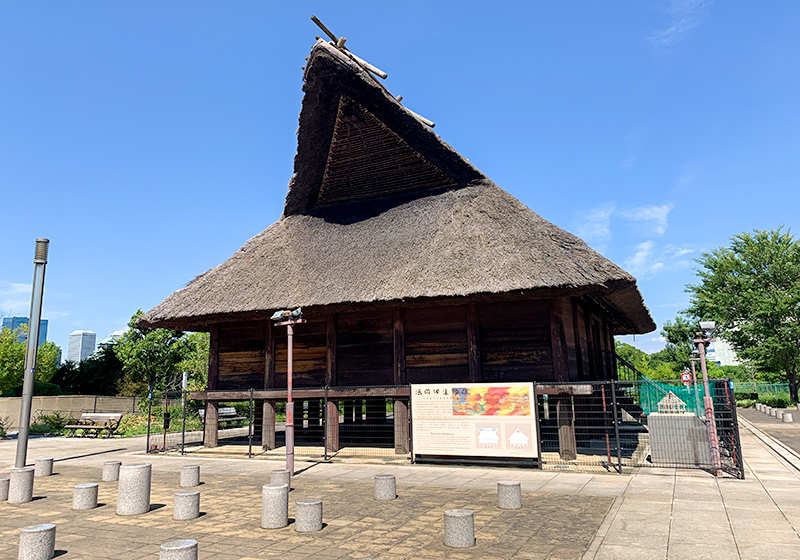
By the way, right next to the museum, there is a replica of one of the Hoenzaka Warehouses. This type of elevated warehouse was built here during the fifth Century.
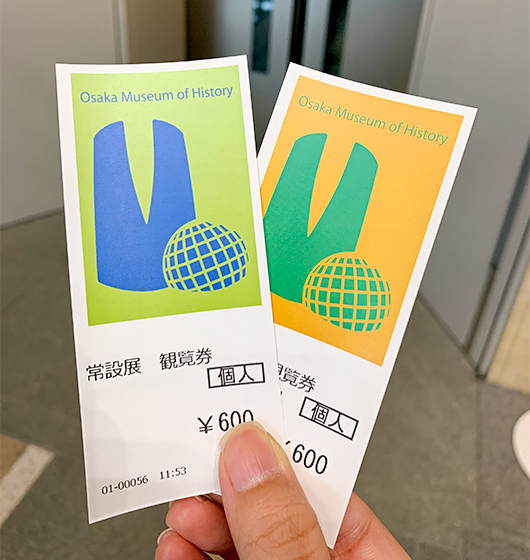
I got my tickets and headed to the 10th floor.
■ Ancient history on the 10th floor: Welcome to the Naniwa Imperial Palace
The 10th floor features the Naniwa Palace with an impressive replica of parts of the Council Hall (daigokuden). The vermilion columns are to scale at 70 cm across and stand in clean rows. Among them, mannequins representing Imperial Retainers stand at attention in traditional court dress. You can also get a glimpse into court life through various short videos on this floor.
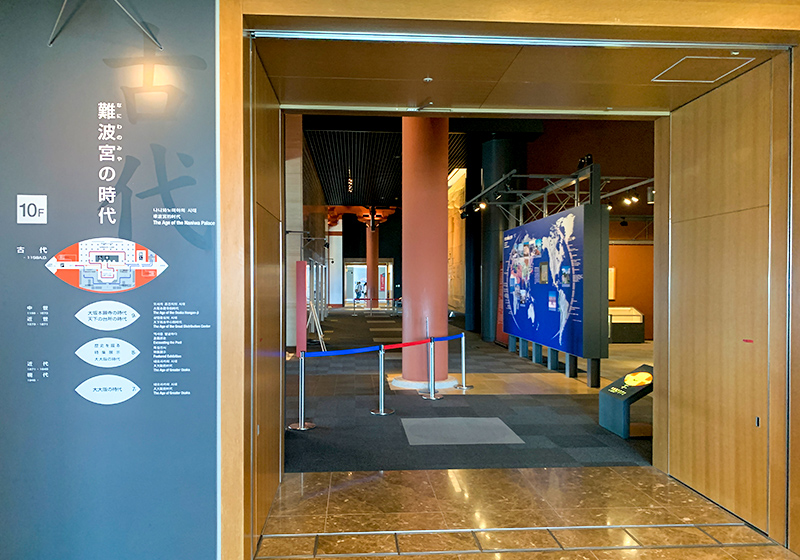
There is a lot to see! Follow the highlights course if you’re short on time or attention. Real history buffs will probably want to see the whole thing.
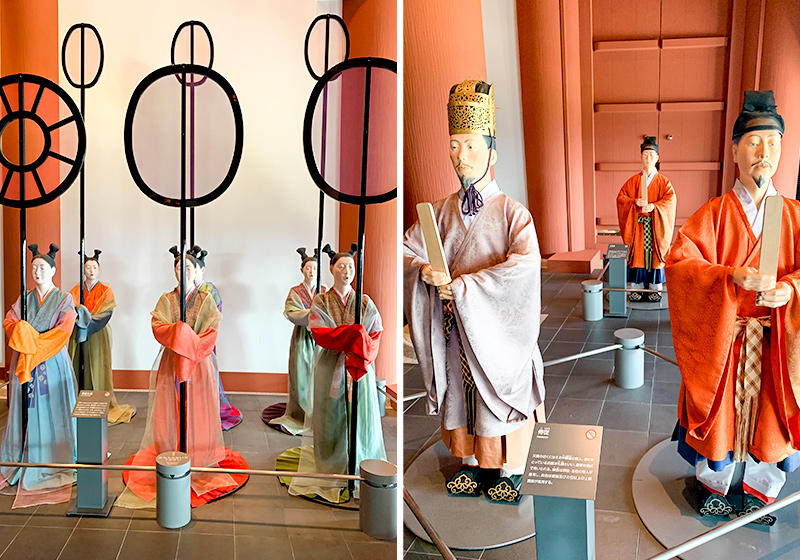
The Imperial Retainers and Court Attendants seem to have been about 150 cm tall. These figures are life-sized.

You can see the scale of the former palace in this diorama. It’s pretty amazing to look at!
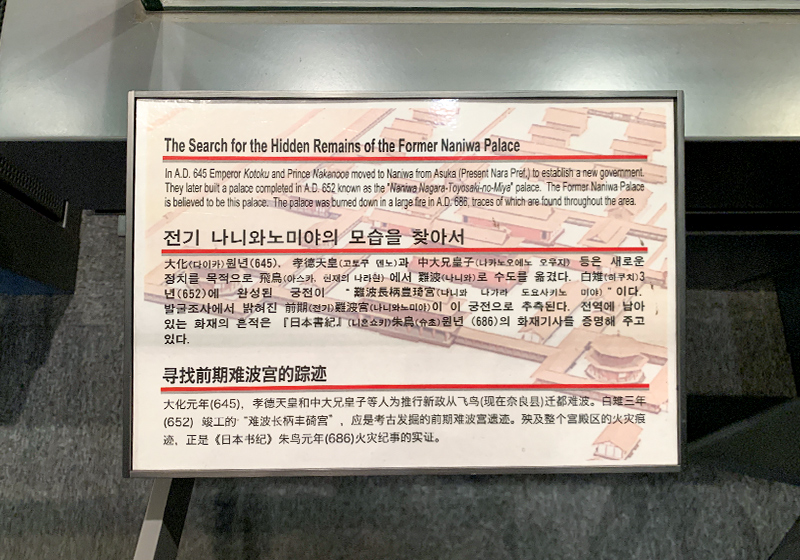
The museum provides information in various languages, so the exhibits are accessible to people with different language backgrounds.
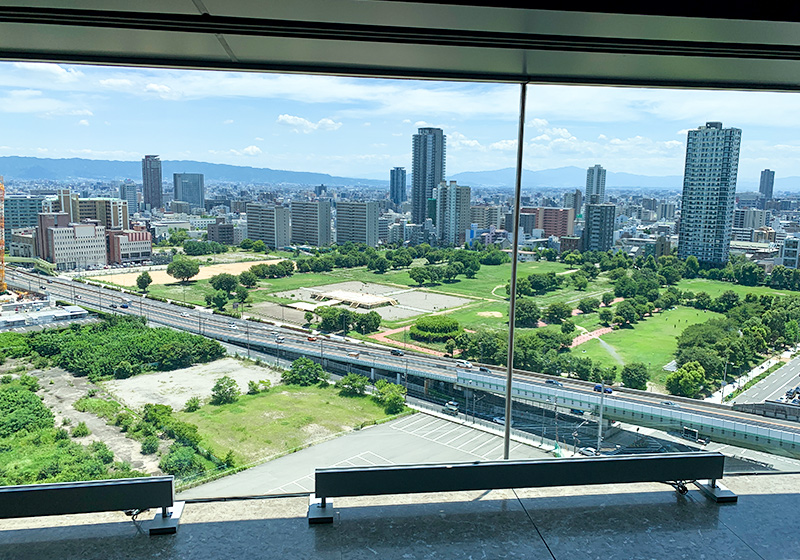
The museum windows face the site of the former Naniwa Palace Site Park.
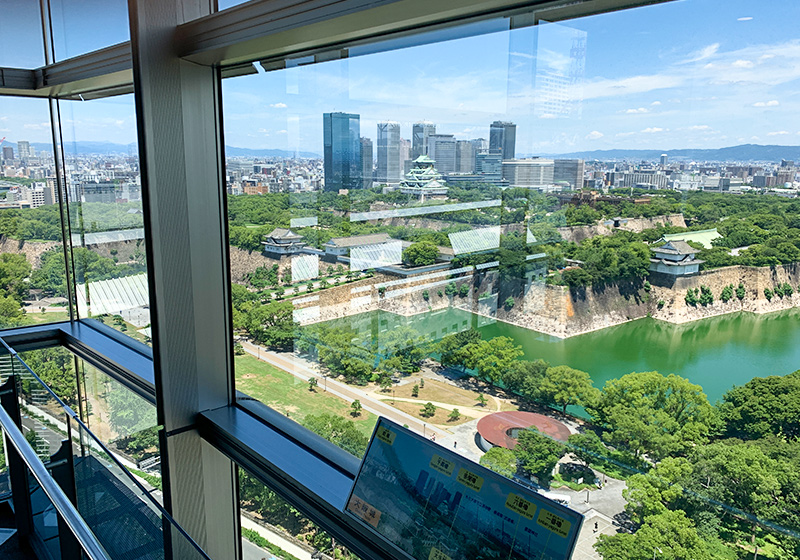
As you head towards the escalator, you get a great bird’s eye view of Osaka Castle. It’s a rare look at the castle from such a clear angle.
■ Middle Ages & Early Modern Period on the 9th floor: Naniwa townscape
Ride the escalator down to the 9th floor to see bustling town life in Osaka. You’ll see different periods in Osaka history like the “Nation’s Kitchen period” when Osaka was an extremely important port for food distribution. And you’ll also see the city’s important relationship with water transport and how it became known as the “Water City”.
Miniature models of the bustling town are shown in 1/20 scale.
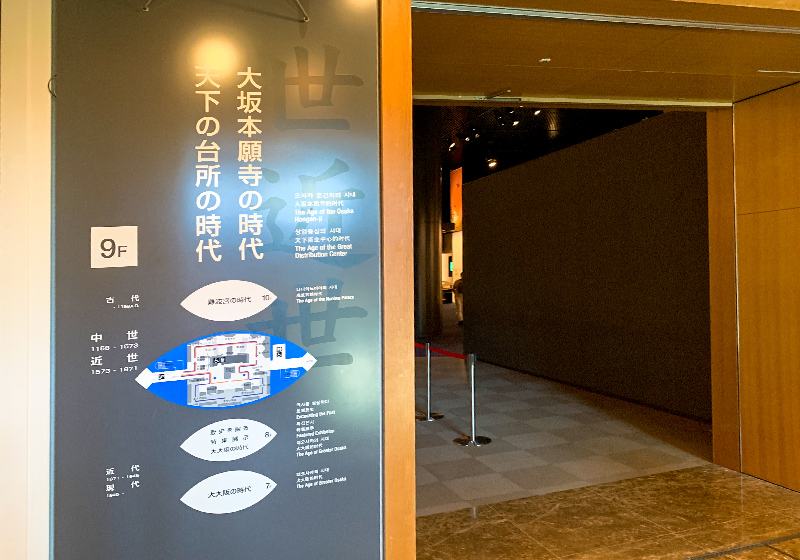
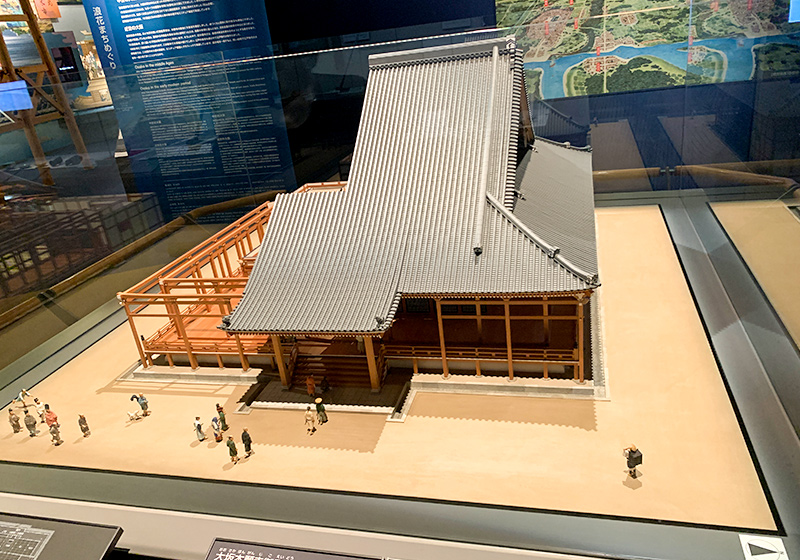
This model shows Honganji Goeido hall as it was during the years when Honganji Temple fought against the powerful leader Oda Nobunaga (1534–1582).
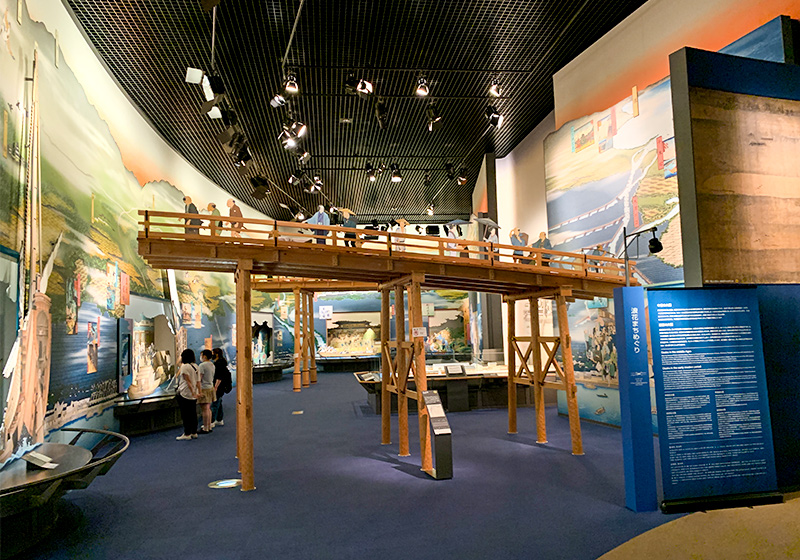
When you walk into this part of the museum feels like stepping into a painting.

You really get the impression that Osaka was a water city.
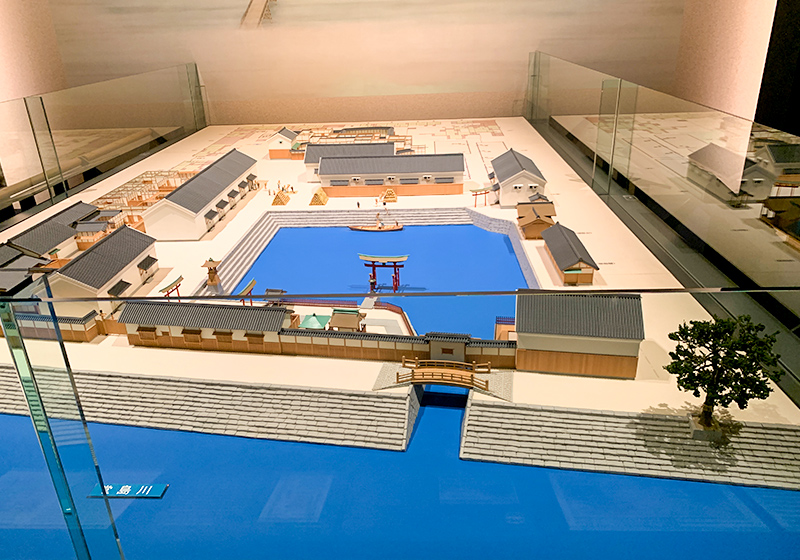
Diorama of warehouses along Nakanoshima.
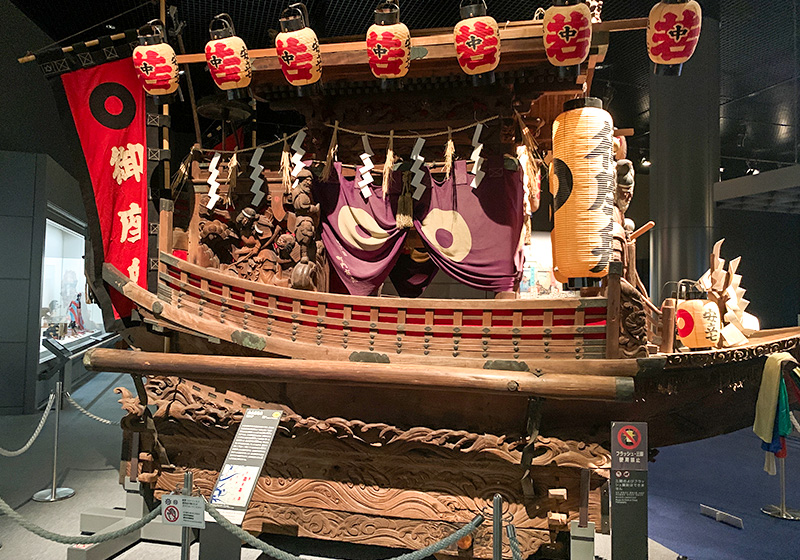
Gozabune were boats reserved for nobles and looked something like this gozabune-style danjiri (festival float). Festival floats like this one are an interesting part of Osaka’s long history too.
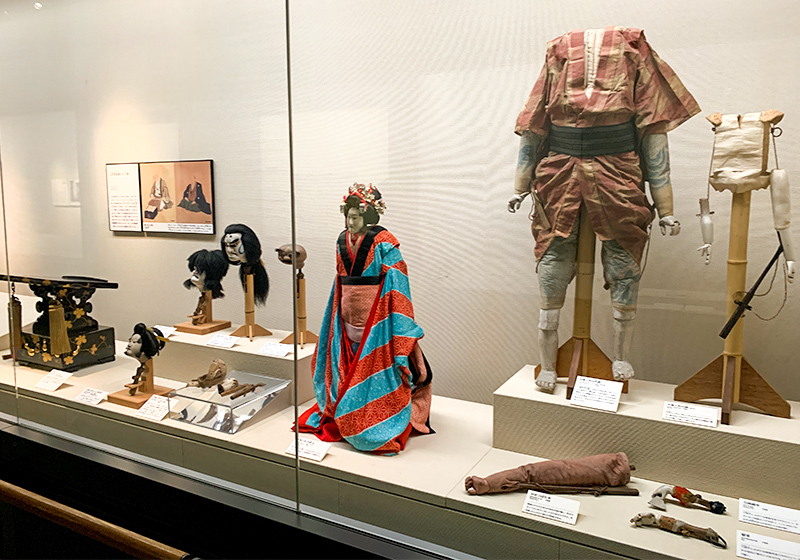
This display shows puppets used for Bunraku.
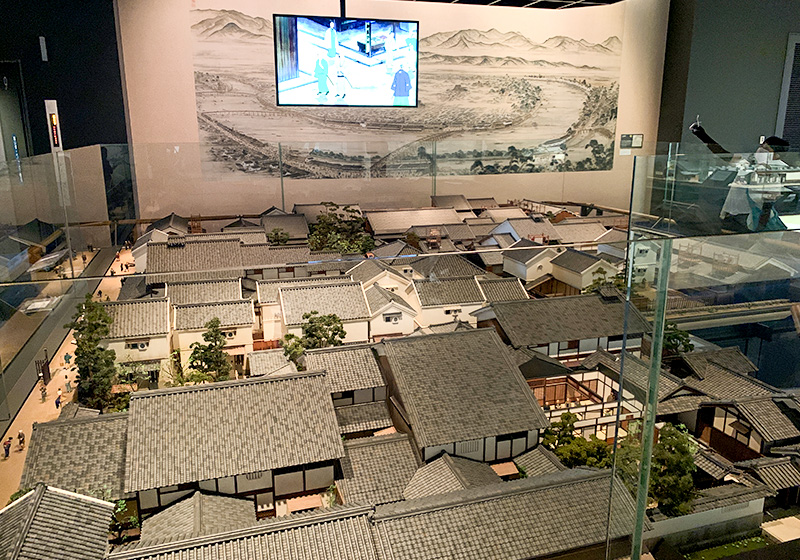
Here’s a miniature model of the Semba neighborhood. It’s miniature, but huge.
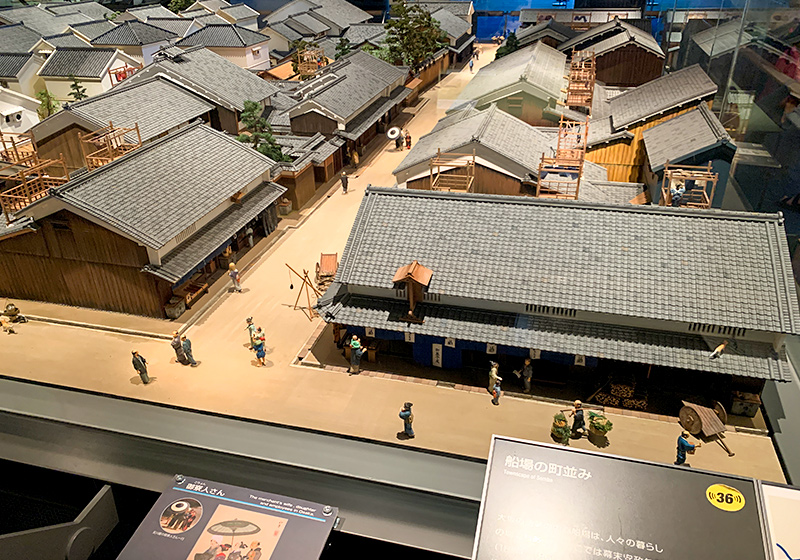
The extreme detail really pulls you in.
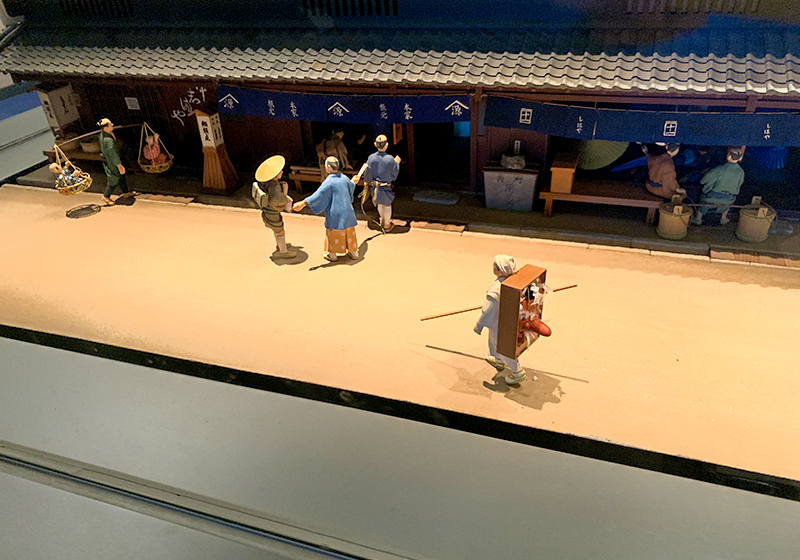
It’s almost like you can hear conversations because the settings look so real.
■Modern and Contemporary history on the 7th & 8th floors: Retro city!!!
Realistic figures and city scenes are recreated to transport you to the heart of Shinsaibashi and Dotonbori during the bustling twentieth century. Actual footage of Osaka during these prosperous years will show you exactly what the modern city was like.
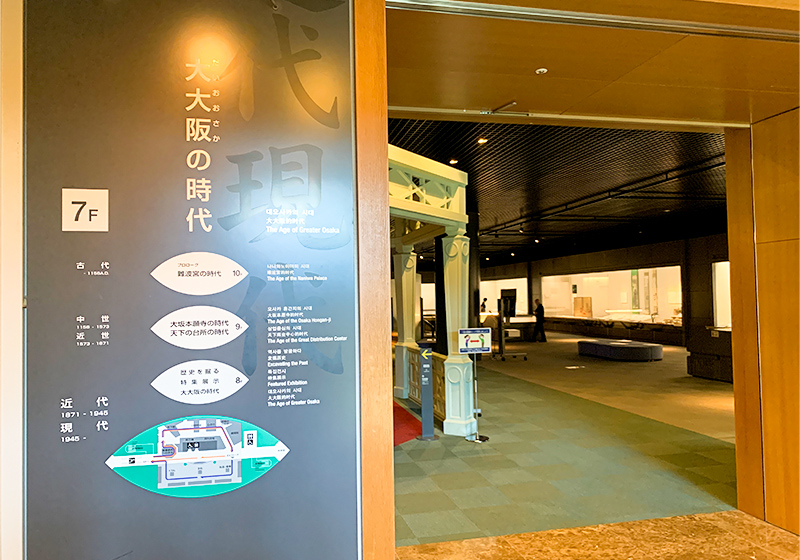
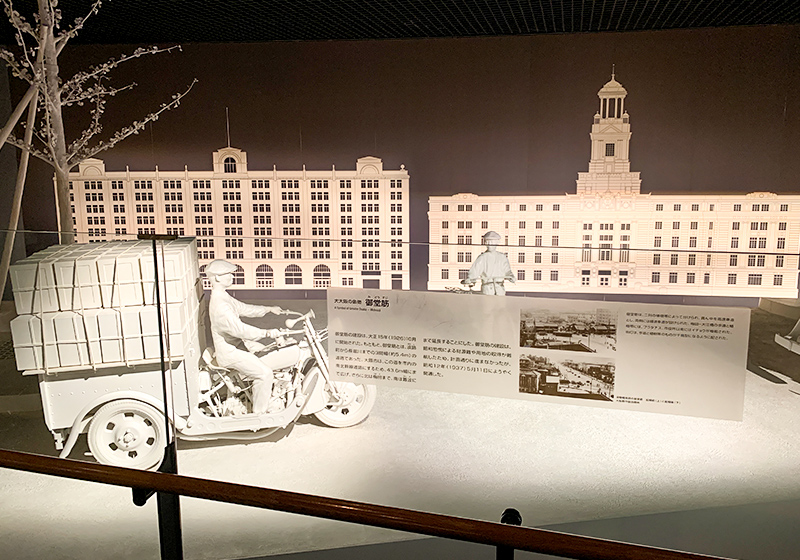
Osaka’s main boulevard Midosuji, first opened in 1937.
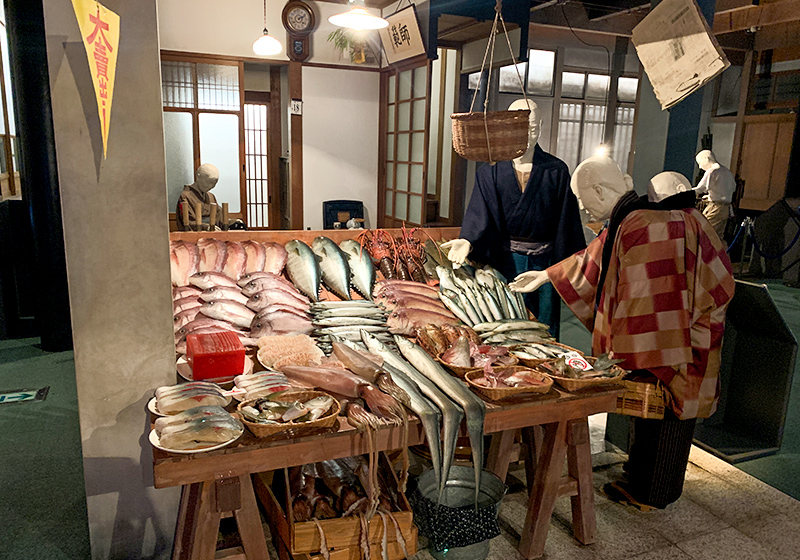
This is how people would buy fish in Kansai.
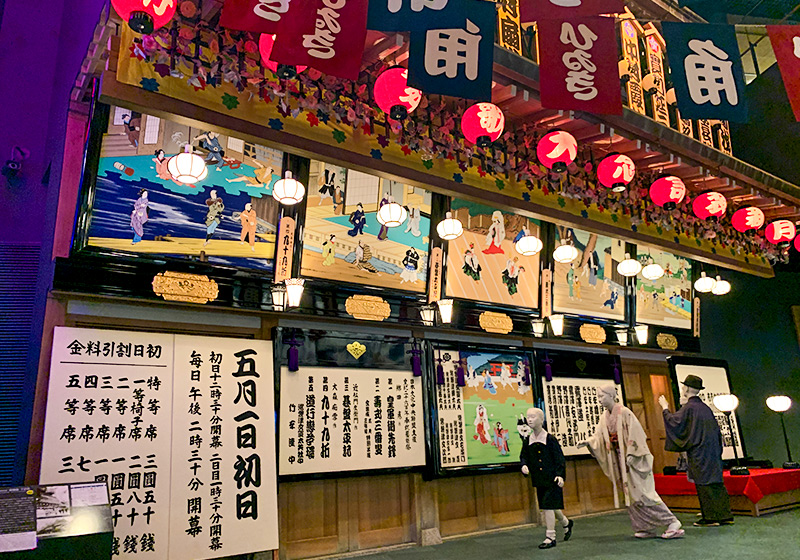
And of course, Dotonbori. It’s still thriving today, but this is how it looked a long time ago.
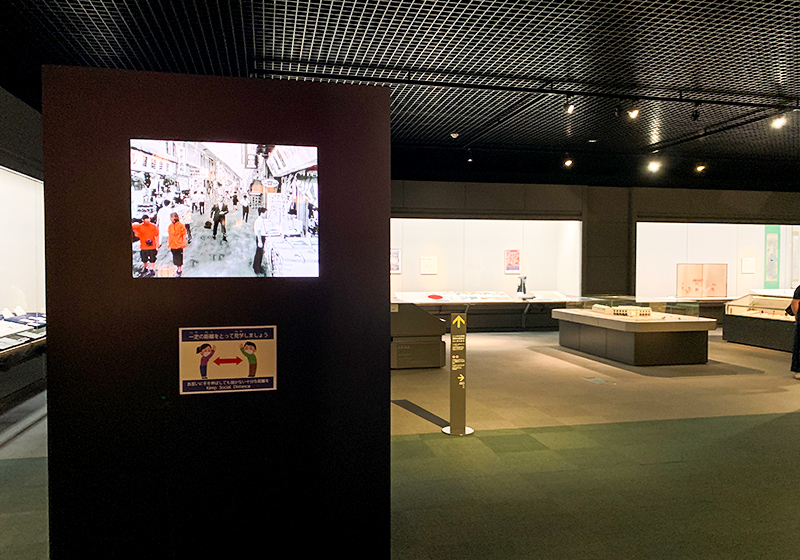
This section displays real items from the past including old publications.
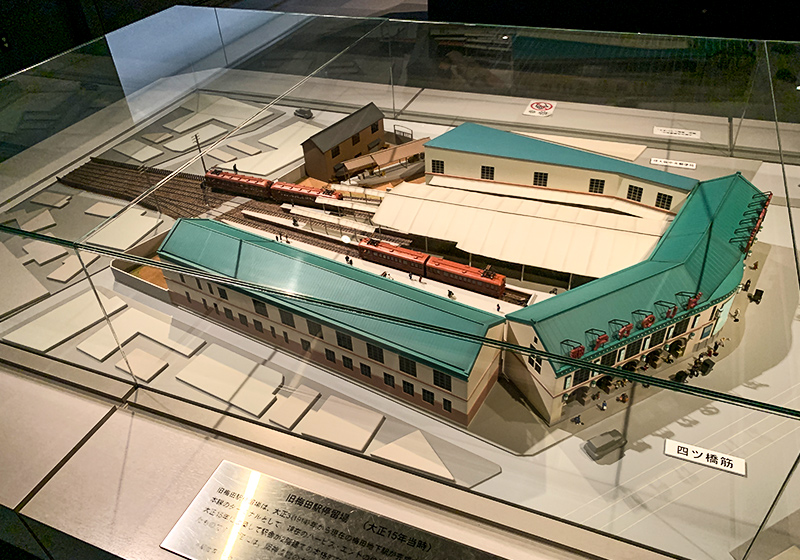
Here’s a model of the old Hanshin Railway Umeda Station (present-day Osaka-Umeda Station).
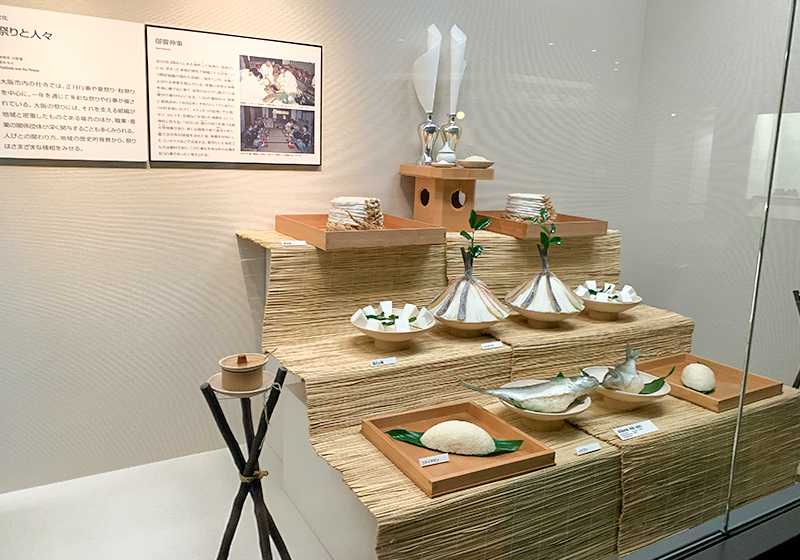
Other exhibits show local traditions and cultural heritage in detail.
■ Excavating the past on the 8th floor: Archeological Challenge zone
This zone features a life-sized replica of an archaeological excavation site. Learn about tools and methods used to study archaeological remains. This is a great place to experience the work of an archaeologist and feel like a scholar.

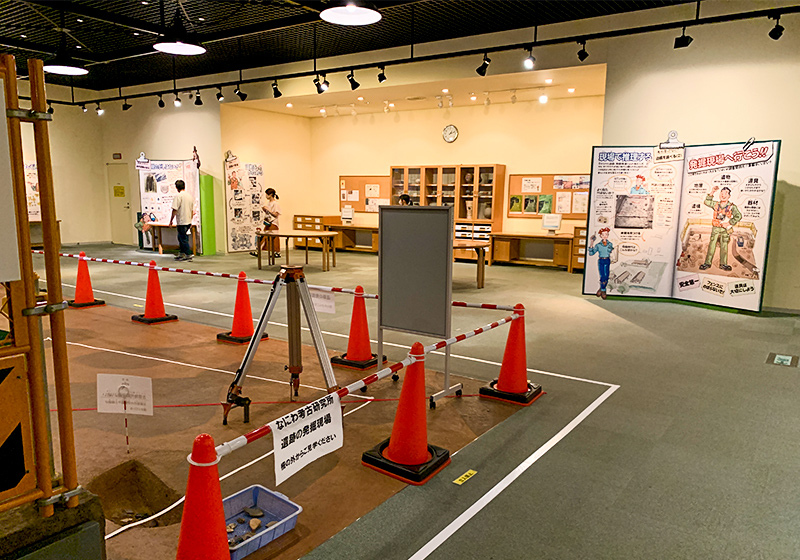
You can view the replica site and detailed explanations on the panel as well.
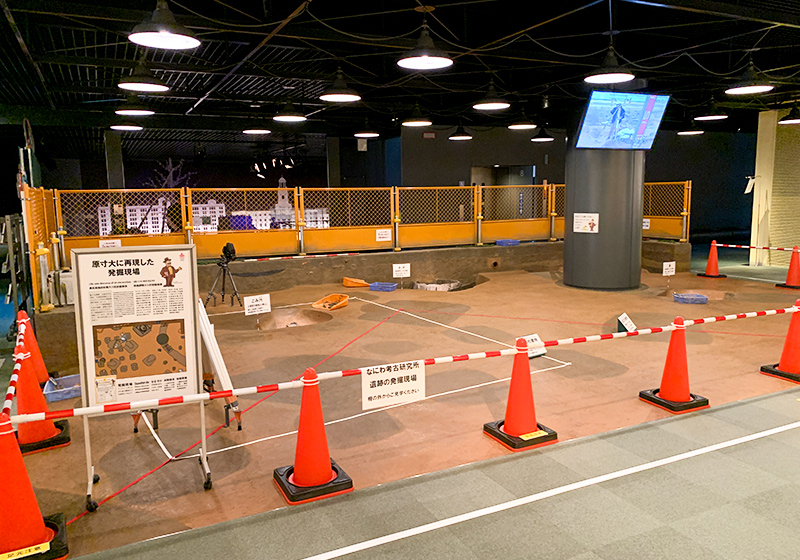
The replica is a reproduction of the site made to match the actual size of the Naniwa Palace ruins excavation.
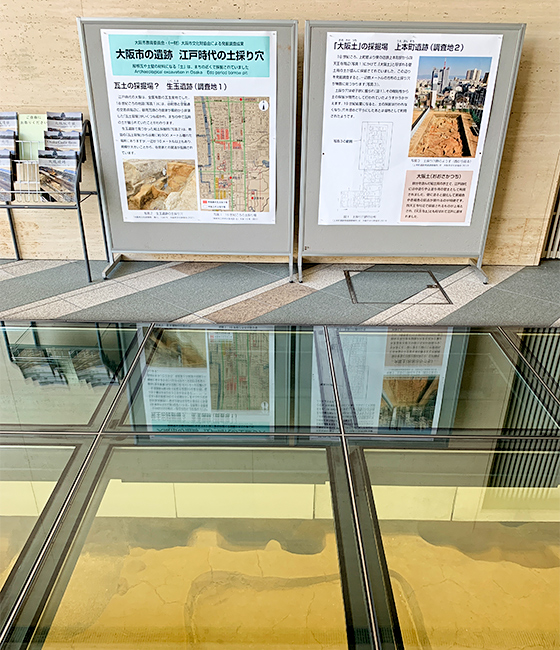
Actual archaeological remains from the Naniwa Palace are visible in the 1st floor entrance hall under glass paneling. There is also a free guided tour of the archaeological remains on the basement floor. (Reserve your tour at the 1st floor reception desk)
■ Learn some history and deepen your love for Osaka
My image of boring history is not at all what I found at the museum. The material is so accessible and so fun. There were some things I already knew about so I was excited to see them featured in the museum. And some things were totally new. The exhibits go beyond simple history and dip into a range of subjects like culture and lifestyle. If you have any interests, you will find something in the museum absolutely captivating.
This would be a great place to start any trip to Osaka. It’s a place to learn about the history of the city, before you go out and experience.
Photography is allowed in the permanent exhibits, so this would be a fun place to take some unique photos. And the focus on archaeology is great for kids, especially as a theme for a school project.
The gift-shop on the 1st floor also has a lot of original items, fun mementos featuring items on regular display and special exhibits. It’s a great place to pick up a gift for a friend or something for yourself to remember your trip.

Supporter
The contents of this page were current at the time it was posted, but may differ from the present.
Text visible in this map is based on information from Map Tiler and may differ from actual geographical names.


